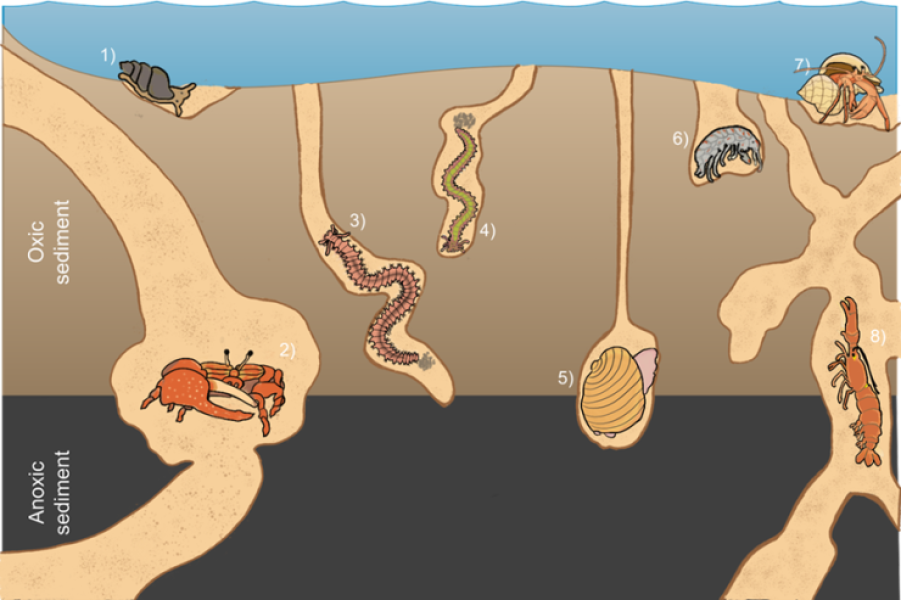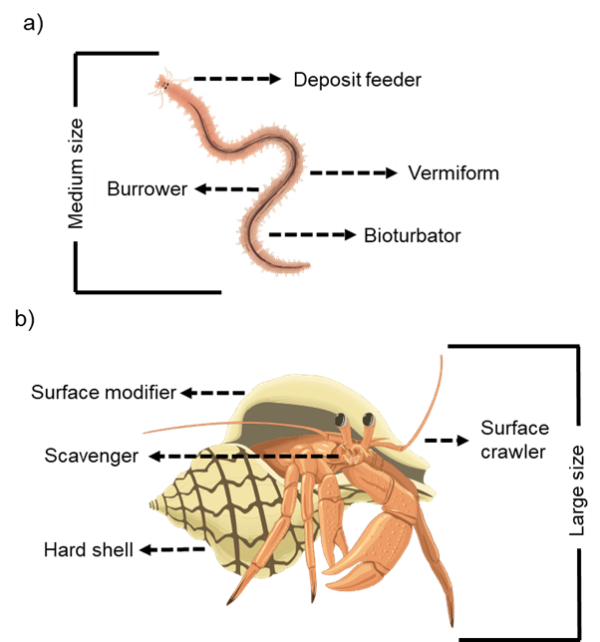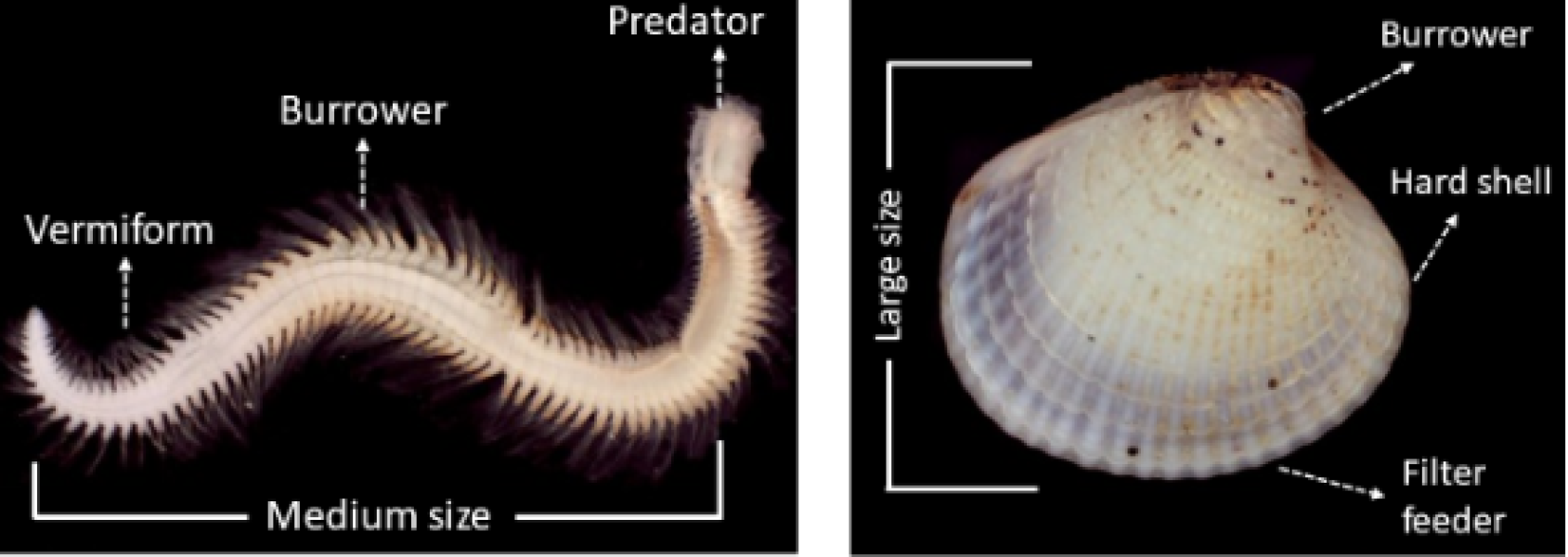A new database describing marine species has been released to assist conservation.
The New Zealand Trait Database - the first of its kind in NZ - provides information for more than 700 shallow-water seafloor invertebrates, such as snails, crabs, and worms.
The database includes information on everything from the animals’ feeding method and body shape, to the ways they move and mix the sediment they live in.
NIWA’s Dr Drew Lohrer, Strategy Manager for Coasts and Estuaries, helped with database development. He says it will be a powerful tool for understanding and protecting our native ecosystems.
"This database brings together information provided by many New Zealand and overseas researchers. It fills a big knowledge gap and provides a standard set of information - in one accessible online location - for us all to work with.
The biological and functional traits information in the database opens doors to new types of analyses, which in turn will help us to protect species and their ecosystems," said Dr Lohrer. In recent decades, the use of trait-based analyses has advanced scientists’ understanding of marine ecosystem functioning, including how it will respond to environmental change.
"The NZTD enables us to describe the types of traits and functions that are likely to disappear if we lose species to pollution or disturbance. We can also gain insights into the resilience of animals living on the seafloor by examining how their traits overlap. For example, if one species is lost, ecosystem functioning may be maintained through the activities and traits of those remaining. However, if dozens of species are lost, we may lose critical functions entirely, which would have a bigger impact on the whole system.
Gathering this information together was no easy feat. NIWA Marine Ecologist Orlando Lam-Gordillo led the effort.
"Compiling the database was a substantial effort because we needed to describe around 18 traits with 77 sub-categories for each of the 700 animal types.
We did this by scouring hundreds of pieces of scientific literature and biological collections, which as you can imagine is difficult and time-consuming. Because of this, these databases are scarce or lacking in many parts of the world, which until now, included New Zealand," said Dr Lam-Gordillo. The New Zealand Trait Database is an ongoing project, with continuous updates and refinements as additional taxa and trait information becomes available.
It can be freely viewed and downloaded from the repository Figshare and the NIWA website.





